
Why the U.S. Tariff War Is a Lose-Lose
Explore why America’s ‘America First’ trade war isolates allies and risks another lose-lose cycle, from tariffs to stalled peace deals.
My Global News: Voices of a New Era
🌍 Stay Ahead, Stay Global 🚀

Explore why America’s ‘America First’ trade war isolates allies and risks another lose-lose cycle, from tariffs to stalled peace deals.
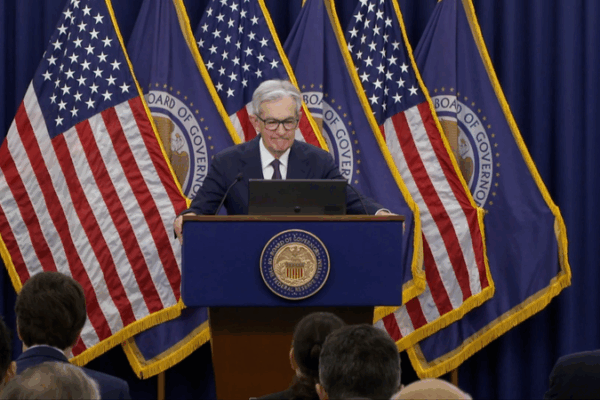
The Fed held its key interest rate steady on June 18, balancing trade-war inflation risks and global uncertainty tied to the Middle East conflict.
Amid global headwinds and a tariff war, the Chinese mainland and Central Asia are reshaping trade via the Belt and Road Initiative ahead of the Astana Summit.
Latin American exporters, especially in Brazil and Mexico, are in the crossfire as President Trump doubles steel and aluminum tariffs, shaking up global supply chains.
Economic uncertainty from Trump’s trade war could slow U.S. ad spending just as broadcasters and streaming platforms roll out new TV and digital offerings.
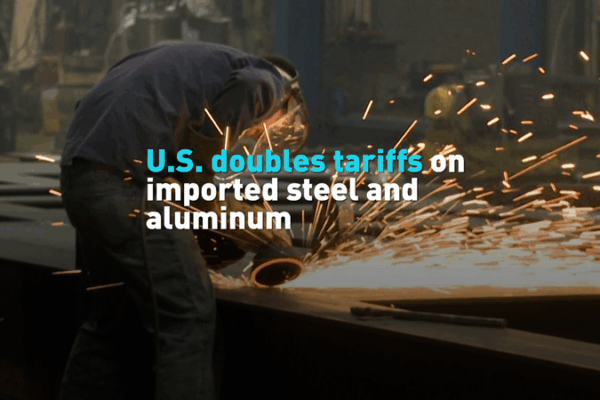
President Trump doubles tariffs on imported steel and aluminum, intensifying a tense trade standoff as legal challenges and a 90-day negotiation window loom.
U.S. import tariffs on steel and aluminum jump to 50%, leaving German exporters questioning U.S. capacity and bracing for higher costs.
How Trump’s trade rhetoric shifted U.S.-China relations: tariff truce fallout, rare earth leverage, and hidden costs on consumers.
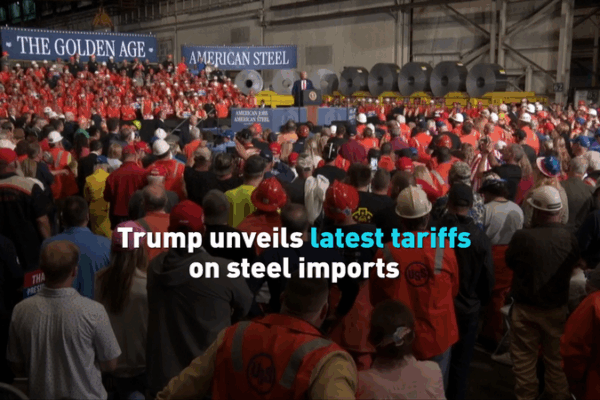
As the S&P 500 and NASDAQ closed their best month since 2023, Trump unveiled steeper steel and aluminum tariffs, stirring new debates on trade and global markets.

After two federal courts block Trump-era tariffs, Gov. Newsom says small businesses are already devastated and face worsening supply constraints.